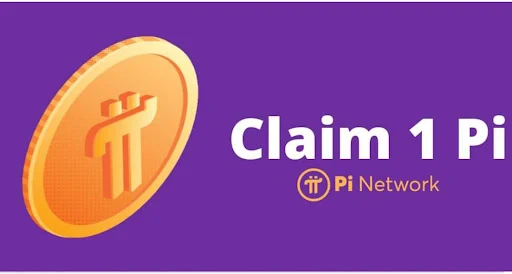By Mohammed Bello Doka
For years, the Pi Network has existed as a concept that sparked curiosity, skepticism, and unwavering belief among its millions of users worldwide. What began as an ambitious experiment—a cryptocurrency that could be mined on mobile phones without draining battery life—has now evolved into a full-fledged blockchain ecosystem. The Pi Core Team, after years of development and a carefully controlled Enclosed Mainnet phase, is finally set to unveil the Open Mainnet on February 20, 2025—a moment that will define the future of the Pi Network and potentially reshape the cryptocurrency landscape.
The transition to Open Mainnet is not just another update; it is the long-awaited moment that Pioneers, crypto analysts, and blockchain enthusiasts have been waiting for. Since its inception in 2019, Pi has been both praised and ridiculed—some calling it a revolution in decentralized finance, others dismissing it as an elaborate social experiment with no real value. However, as Pi moves into the Open Mainnet phase, skeptics may finally have to reconsider their stance.
This development marks the true birth of Pi as a fully decentralized and publicly accessible blockchain. It will break free from the restrictions of the Enclosed Mainnet, allowing transactions beyond Pi-approved applications and opening the doors to a world where Pi’s value will be determined not by speculation but by real-world adoption, exchange listings, and the strength of its ecosystem.
What To Expect As Pi Network Goes Fully Public
The Open Mainnet will introduce a series of changes that will define Pi's role in the global digital economy:
1. Public Blockchain Access & Full Decentralization
For the first time, Pi's blockchain will be publicly accessible, enabling developers, businesses, and enthusiasts to explore transactions, develop applications, and verify wallet balances through a Pi blockchain explorer. This means transparency will no longer be a question—anyone will be able to see how Pi operates on-chain, putting an end to speculation about whether Pi has real activity or not.
2. External Wallet Integration & Potential Exchange Listings
One of the biggest changes will be the ability for Pioneers to freely transfer Pi between wallets without restrictions. The days of waiting for migrations and limited transactions are over. This move opens the door for exchange listings, potentially allowing Pi to be traded on platforms like Binance, Coinbase, or KuCoin. While no official exchange partnerships have been confirmed yet, the transition to Open Mainnet means such listings could happen sooner than later, setting the stage for true market-driven liquidity.
3. The Expansion Of The Pi Ecosystem Through Smart Contracts
Pi Network is not just a cryptocurrency; it is an ecosystem. With the launch of the Open Mainnet, developers will be able to deploy smart contracts and launch decentralized applications (dApps) on the Pi blockchain. This means decentralized finance (DeFi) projects, NFTs, metaverse applications, and real-world businesses can start integrating Pi into their operations. The Pi Network is positioning itself as a true competitor in the blockchain space, and its ecosystem will be the biggest factor determining its long-term success.
4. Mass KYC Verification & Final Migration Rush
With only hours left before Open Mainnet, Pioneers who have not completed KYC verification are scrambling to finalize their status and migrate their mined Pi to the Mainnet. The urgency is high—those who fail to complete the process may find themselves locked out of their rewards forever. This mass migration will see millions of Pi coins finally moved onto the Open Mainnet, further solidifying Pi’s circulating supply and market potential.
5. A New Era Of Community Governance & Staking
Decentralization does not just mean a public blockchain; it also means community participation in governance. The Open Mainnet phase is expected to introduce staking mechanisms, allowing Pioneers to lock up their Pi coins in return for rewards, security participation, and potential voting rights in future network decisions. This step will ensure that Pi remains a community-driven project rather than being controlled by any central authority.
A Defining Moment For Pi Network
The transition to Open Mainnet marks a turning point not just for Pi but for the broader cryptocurrency space. It has been years of waiting, years of skepticism, and years of anticipation. Now, in a matter of hours, the world will witness whether Pi Network can truly live up to its vision of creating a decentralized, widely accessible, and utility-driven cryptocurrency.
For the believers, this moment is validation. For the skeptics, it is a challenge. And for the entire crypto industry, it may just be the beginning of a new player shaking up the game. The countdown to Pi’s Open Mainnet has begun—are you ready?

